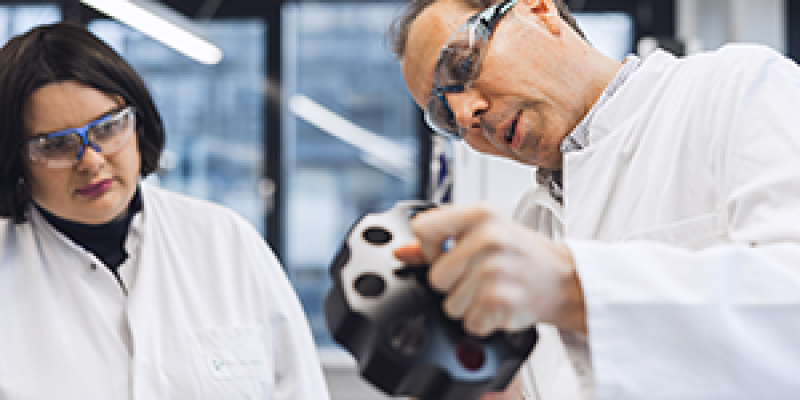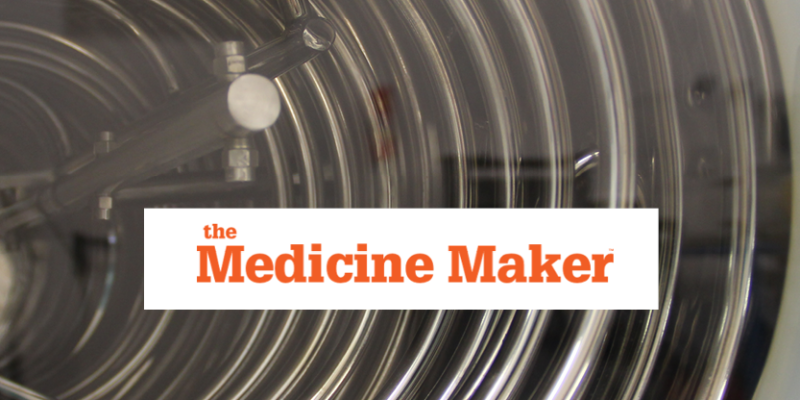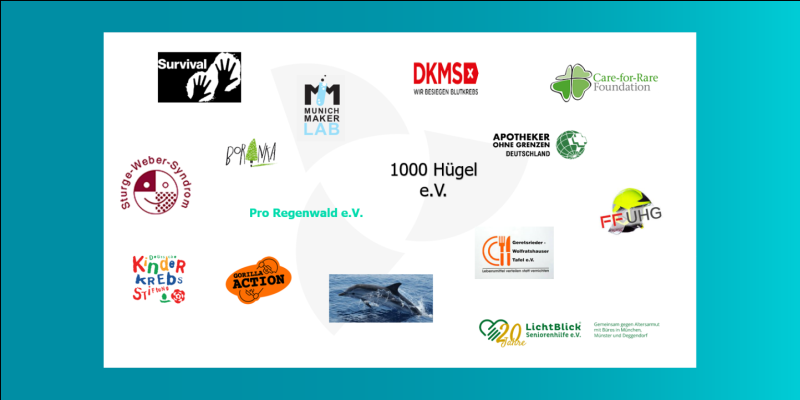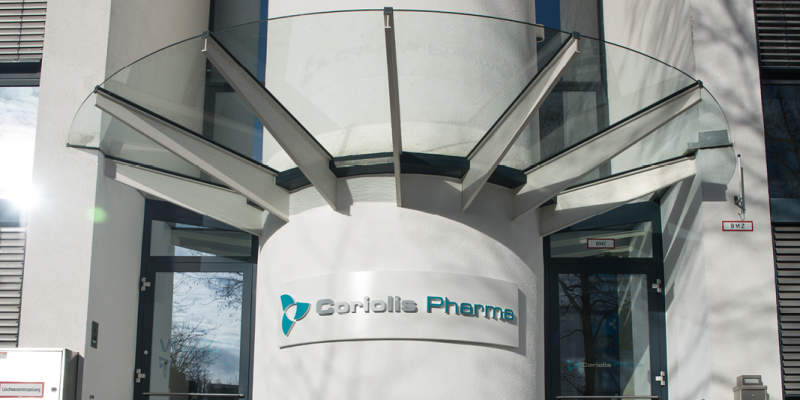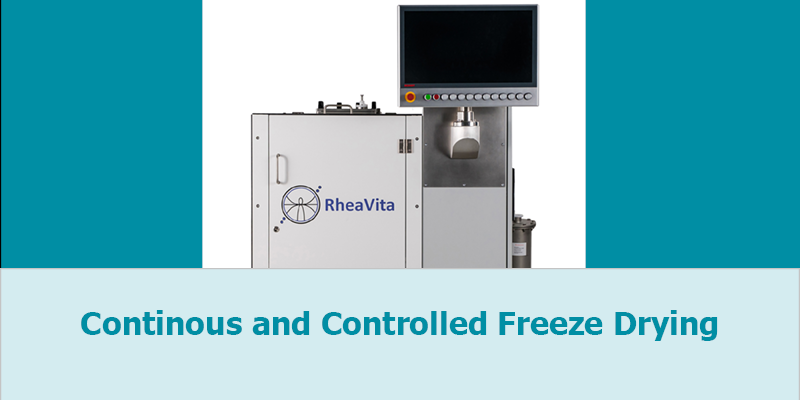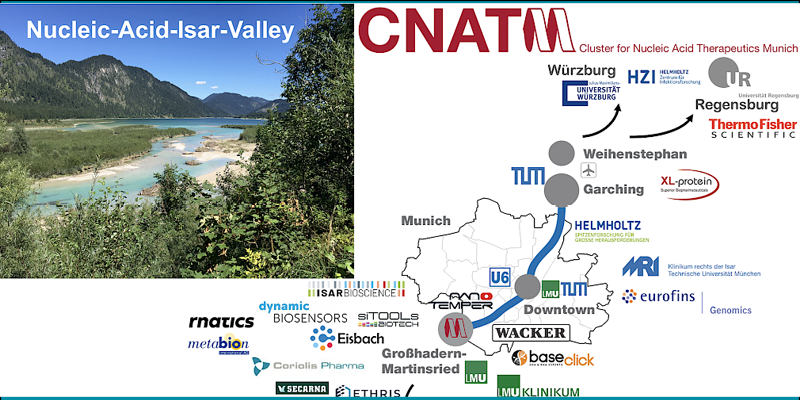Coriolis Scientist receives PhD Award for Thesis about Protein Aggregation
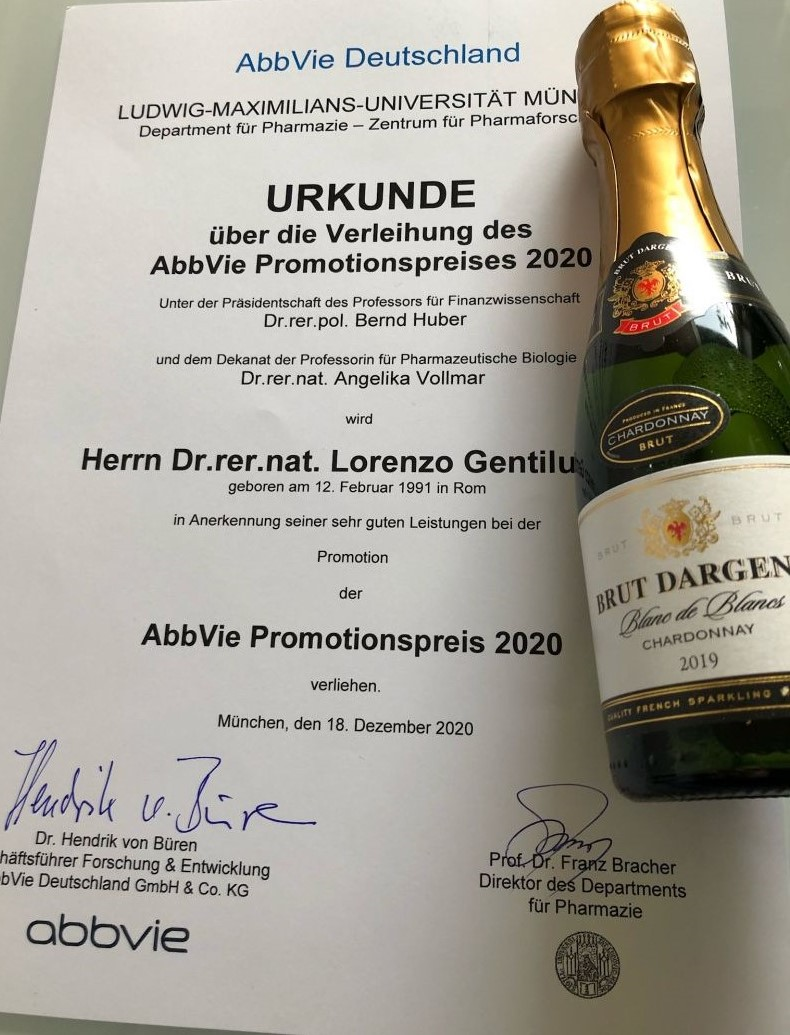
Dr. Lorenzo Gentiluomo receives "Abbvie Promotionspreis 2020"
Each year, one PhD thesis from the Faculty of Chemistry and Pharmacy at the Ludwig-Maximilians-University (LMU) Munich is awarded with the Abbvie Promotionspreis (English: PhD prize). Coriolis scientist Dr. Lorenzo Gentiluomo got awarded for his thesis about "Prediction and characterization of therapeutic protein aggregation", which he successfully defended in 2020.
The entire Coriolis team congratulates Lorenzo to this great achievement! We are happy to have him in our team and we are looking forward to many exciting projects with him!
Summary of the PhD Thesis
The control of protein stability is an important component to ensure safety and efficacy of protein drugs. In Chapter II we argue that to understand what exactly indicates intrinsic stability of a protein molecule requires more information on various therapeutically-relevant proteins, including their primary sequences, purity data, and computational and biophysical characterization in different solution conditions. Therefore, we made publicly available a comprehensive dataset, which leads the foundation for a protein formulation database. Moreover, we could demonstrate that the relationships between some biophysical parameters cannot be generalized for a heterogeneous population of proteins in a diverse set of formulation conditions (Chapter II). These findings highlight that “protein stability” cannot be well described by using a single biophysical parameter, nor by studying a protein in a single solution condition. Therefore, design of experiments (DoE) approaches and response surface methodology (RMS) remain pivotal for the optimization of robust protein formulations. We presented a simple parallel approach which combine multiple parameters into stability risk scores (SRS).
The application of empirical models to predict protein stability and aggregation can be a powerful practical method to support the selection of lead products. Among these models, shallow ANNs showed the best performance as they can solve problems that are complex, ill-defined, highly nonlinear, of many and different variables, and/or stochastic (Chapter III and V). Thanks to our trained model it is possible to achieve a better understanding of protein stability even before expression (Chapter III) or predict monomer retention in pharmaceutically relevant formulation after long term storage (Chapter V). Furthermore, these models can be used to highlight the most important biophysical assays to predict aggregation. Importantly, machine learning models can be designed in a way that allows continuous validation and improvement. They could be even more efficacious in industrial environments as the large amount of data usually available allows for the use of deep ANNs. However, the interpretation of “black-box” models is an open field of research. To address this problem we designed surrogate “white-box” models. While the quality of the prediction of simpler model might be lower, they can highly valuable for a better understanding of the process.
The major drawback of empirical algorithms is that their output does not provide any causations (i.e. understanding of the process) but only correlations. Even “white-box” models such as a simple linear model do “only” highlight useful data patterns. Therefore, the characterization of case studies for protein aggregation is yet extremely important. Following an extensive screening of several therapeutic proteins (Chapter II) we individuated the intense native reversible self-association of one IgG1, namely PPI-1 (Chapter IV). This process has been observed in literature at high mAb concentration, nonetheless PPI-1 exerts its self-association at low concentration. The nature of the self-association of the full-length IgG1 as well as the corresponding Fab and Fc fragments was investigated by several orthogonal methods. We SUMMARY 238 rationalized the self-association as a combination of hydrophobic and electrostatic interactions driven by the Fab fragments. A long term storage study demonstrated that PPI-1 is a perfect example of a protein having multiple non-exclusive aggregation pathways.
Finally, the development of new information rich techniques to investigate protein chemical and physical stability is of primary importance. In this direction we coupled UPLC-RP with MALS (Chapter VI), which is a natural means to characterize protein aggregates. The different principle of separation used in UPLC-RP-MALS provides an additional level of protein characterization compared to SEC-MALS and IEX-MALS. The MALS detection allows telling whether an impurity detected in UPLC-RP is indeed a chemical variant of the monomer or an aggregate or fragment

